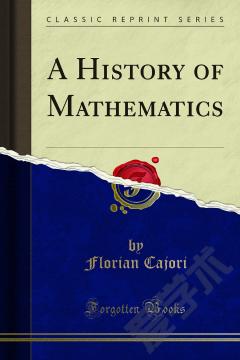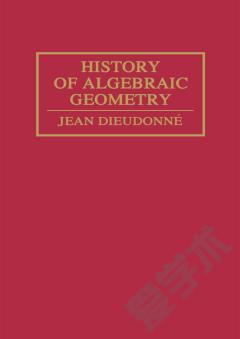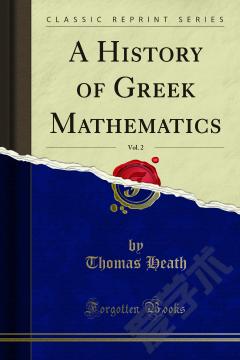A History of Mathematics
Florian Cajori's A History of Mathematics/ is a seminal work in American mathematics. The book is a summary of the study of mathematics from antiquity through World War I, exploring the evolution of advanced mathematics. As the first history of mathematics published in the United States, it has an important place in the libraries of scholars and universities. A History of Mathematics/ is a history of mathematics, mathematicians, equations and theories; it is not a textbook, and the early chapters do not demand a thorough understanding of mathematical concepts. The book starts with the use of mathematics in antiquity, including contributions by the Babylonians, Egyptians, Greeks and Romans. The sections on the Greek schools of thought are very readable for anyone who wants to know more about Greek arithmetic and geometry. Cajori explains the advances by Indians and Arabs during the Middle Ages, explaining how those regions were the custodians of mathematics while Europe was in the intellectual dark ages. Many interesting mathematicians and their discoveries and theories are discussed, with the text becoming more technical as it moves through Modern Europe, which encompasses discussion of the Renaissance, Descartes, Newton, Euler, LaGrange and Laplace. The final section of the book covers developments in the late 19th and early 20th Centuries. Cajori describes the state of synthetic geometry, analytic geometry, algebra, analytics and applied mathematics. Readers who are not mathematicians can learn much from this book, but the advanced chapters may be easier to understand if one has background in the subject matter. Readers will want to have A History of Mathematics/ on their bookshelves.
{{comment.content}}








 京公网安备 11010802027623号
京公网安备 11010802027623号